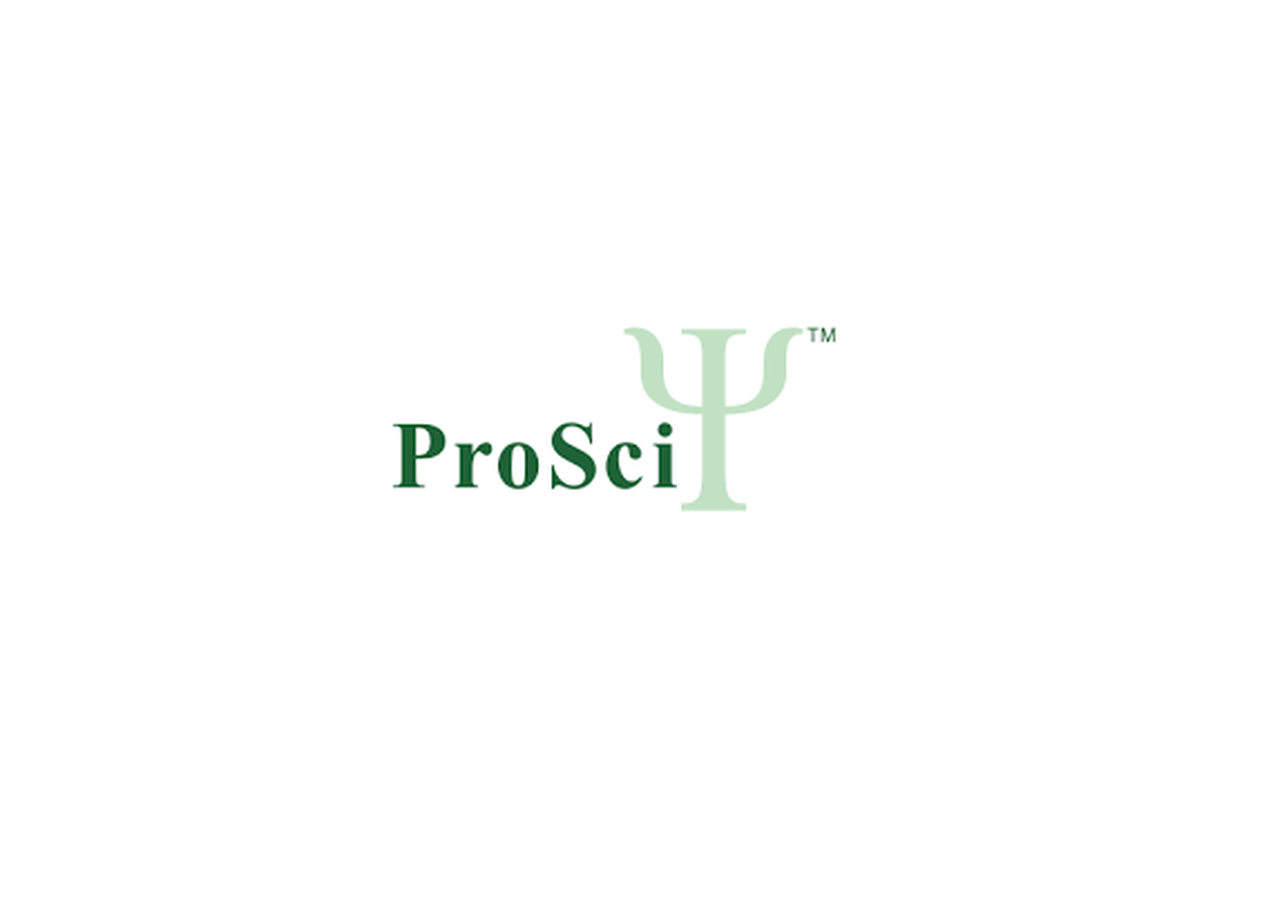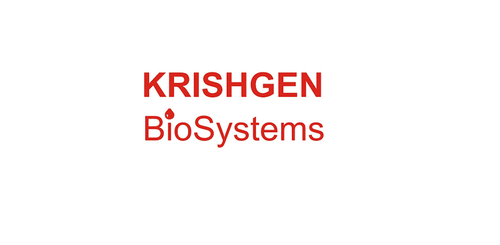Product Description
CECR1 Antibody | 26-208 | ProSci
Host: Rabbit
Reactivity: Human
Homology: N/A
Immunogen: Antibody produced in rabbits immunized with a synthetic peptide corresponding a region of human CECR1.
Research Area: Membrane, Signal Transduction, Growth Factors
Tested Application: E, WB
Application: CECR1 antibody can be used for detection of CECR1 by ELISA at 1:312500. CECR1 antibody can be used for detection of CECR1 by western blot at 1 μg/mL, and HRP conjugated secondary antibody should be diluted 1:50, 000 - 100, 000.
Specificiy: N/A
Positive Control 1: Cat. No. XBL-10123 - Fetal Brain Tissue Lysate
Positive Control 2: N/A
Positive Control 3: N/A
Positive Control 4: N/A
Positive Control 5: N/A
Positive Control 6: N/A
Molecular Weight: 56 kDa
Validation: N/A
Isoform: N/A
Purification: Antibody is purified by peptide affinity chromatography method.
Clonality: Polyclonal
Clone: N/A
Isotype: N/A
Conjugate: Unconjugated
Physical State: Liquid
Buffer: Purified antibody supplied in 1x PBS buffer with 0.09% (w/v) sodium azide and 2% sucrose.
Concentration: batch dependent
Storage Condition: For short periods of storage (days) store at 4˚C. For longer periods of storage, store CECR1 antibody at -20˚C. As with any antibody avoid repeat freeze-thaw cycles.
Alternate Name: CECR1, IDGFL, ADA2, ADGF
User Note: Optimal dilutions for each application to be determined by the researcher.
BACKGROUND: CECR1 a member of a subfamily of the adenosine deaminase protein family. It may act as a growth factor and have adenosine deaminase activity. This gene may be responsible for some of the phenotypic features associated with cat eye syndrome. Two transcript variants encoding distinct isoforms have been identified for this gene.This gene encodes a member of a subfamily of the adenosine deaminase protein family. The encoded protein may act as a growth factor and have adenosine deaminase activity. It may be responsible for some of the phenotypic features associated with cat eye syndrome. Two transcript variants encoding distinct isoforms have been identified for this gene.
 Euro
Euro
 USD
USD
 British Pound
British Pound
 NULL
NULL










